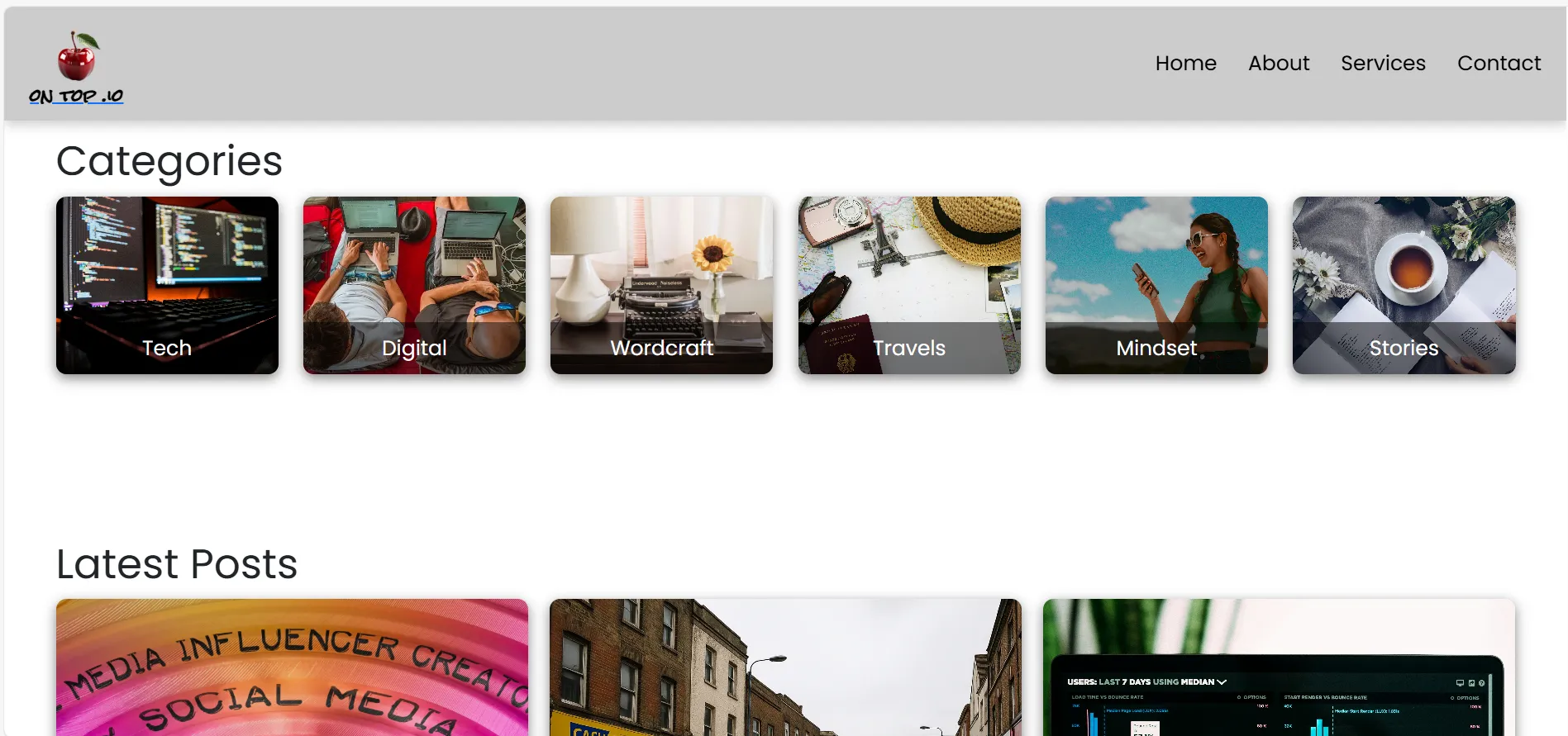When you think about your personal brand, what comes to mind? Is it a specific skill, a passion, or perhaps an image you’ve worked hard to cultivate? Whatever it is, your personal brand is the way you present yourself to the world, and it can play a huge role in shaping your career or business. But building a strong personal brand goes beyond just creating a logo or a catchy tagline. It’s about crafting a messaging strategy that speaks to your audience in a way that’s authentic, compelling, and clear. So, let’s break down how to approach personal branding and messaging that sticks.
1. Understand Your Core Values
Your personal brand starts with a deep understanding of what matters to you. What are the guiding principles that influence your decisions, actions, and interactions? These values form the foundation of your messaging strategy because when your message is grounded in authenticity, it resonates more deeply with others.
Questions to Help Define Your Values:
- What principles are non-negotiable for you?
- What qualities do you want others to associate with you?
- What drives you to do the work you do?
- What impact do you hope to make in your industry or community?
Your values should shape how you communicate, what projects you take on, and even how you position yourself in the market. They’ll also guide your brand story, which brings us to the next point.
2. Know Who You're Talking To
You can’t speak to everyone, and that’s okay. A critical part of your personal branding strategy is identifying your target audience – the people you want to connect with, inspire, and serve. Understanding their needs, desires, and challenges will allow you to craft messaging that truly speaks to them.
Key Questions to Define Your Audience:
- Who are the people that would benefit most from your expertise?
- What problems are they facing that you can help solve?
- What do they value most in the content they consume?
- Where do they spend their time online or offline?
By answering these questions, you'll gain clarity on how to tailor your message, so it not only gets heard but also connects with your ideal audience.
3. Tell Your Story
People are naturally drawn to stories. And your personal brand story is an opportunity to connect on a deeper level with your audience. It doesn’t have to be dramatic or elaborate – it just needs to be true to who you are and reflect the journey you’ve been on.
Elements of a Great Brand Story:
- Relatable: Your story should mirror the struggles or aspirations of your audience.
- Authentic: Be honest and open about your experiences – people value vulnerability and truth.
- Purpose-Driven: Tie your story to the bigger “why” behind what you do. What drives you to pursue this work?
Your personal brand story is an opportunity to show who you are beyond the surface level. When done well, it can create an emotional connection that turns followers into loyal fans.
4. Craft Consistent Messaging
Once you’ve figured out who you are and who you’re speaking to, it’s time to develop your messaging strategy. Consistency across all channels is key. Whether it’s your website, social media profiles, or professional bio, the way you present your brand should be unified and easy to recognize.
Tips for Consistent Messaging:
- Be clear about your value proposition: What makes you different from others in your field? Make sure your audience knows this instantly.
- Keep your tone consistent: Are you formal, friendly, or somewhere in between? Whatever tone you choose, keep it consistent so your audience knows what to expect.
- Use cohesive visuals: Ensure that your visuals – from your logo to your social media posts – are aligned with your messaging and represent your brand accurately.
When your messaging is clear and consistent, it helps your audience trust you and recognize you no matter where they come across your brand.
5. Engage Your Audience
Branding isn’t a one-way street. Your personal brand should be a conversation, not a monologue. Engage with your audience, respond to comments, ask questions, and create content that invites feedback. Engagement builds community and helps people feel connected to you on a deeper level.
Ways to Engage:
- Ask for input: Use polls, questions, and feedback requests to get your audience involved.
- Be active on social media: Respond to messages and comments, and engage with your followers’ content too.
- Share your journey: Show the behind-the-scenes of your work and let people in on your day-to-day life and process.
When you engage with your audience, you build trust and loyalty, which is critical to maintaining a strong and lasting personal brand.
6. Adapt and Evolve
Your personal brand doesn’t stay the same forever. As you grow in your career or business, your goals, interests, and messaging might evolve. That’s natural! Make sure your brand is adaptable so it can evolve with you while staying true to your core values and audience.
How to Evolve Your Brand:
- Listen to your audience: Their feedback can give you valuable insights into what’s working and what’s not.
- Stay current: Keep an eye on industry trends and adjust your brand accordingly to stay relevant.
- Don’t be afraid to pivot: If your interests or goals change, it’s okay to rebrand or shift your messaging to reflect that.
By staying flexible and authentic, your personal brand will grow and continue to resonate with your audience.
Conclusion
Building a personal brand isn’t something that happens overnight, but with the right strategy, you can create a message that resonates and builds lasting connections. Start by defining your core values, knowing your audience, and telling your authentic story. Then, craft consistent messaging, engage your audience, and evolve as you grow. Personal branding is a long-term investment that pays off when done with purpose and authenticity. Keep refining and engaging, and soon, you’ll have a brand that truly represents who you are and what you stand for.





